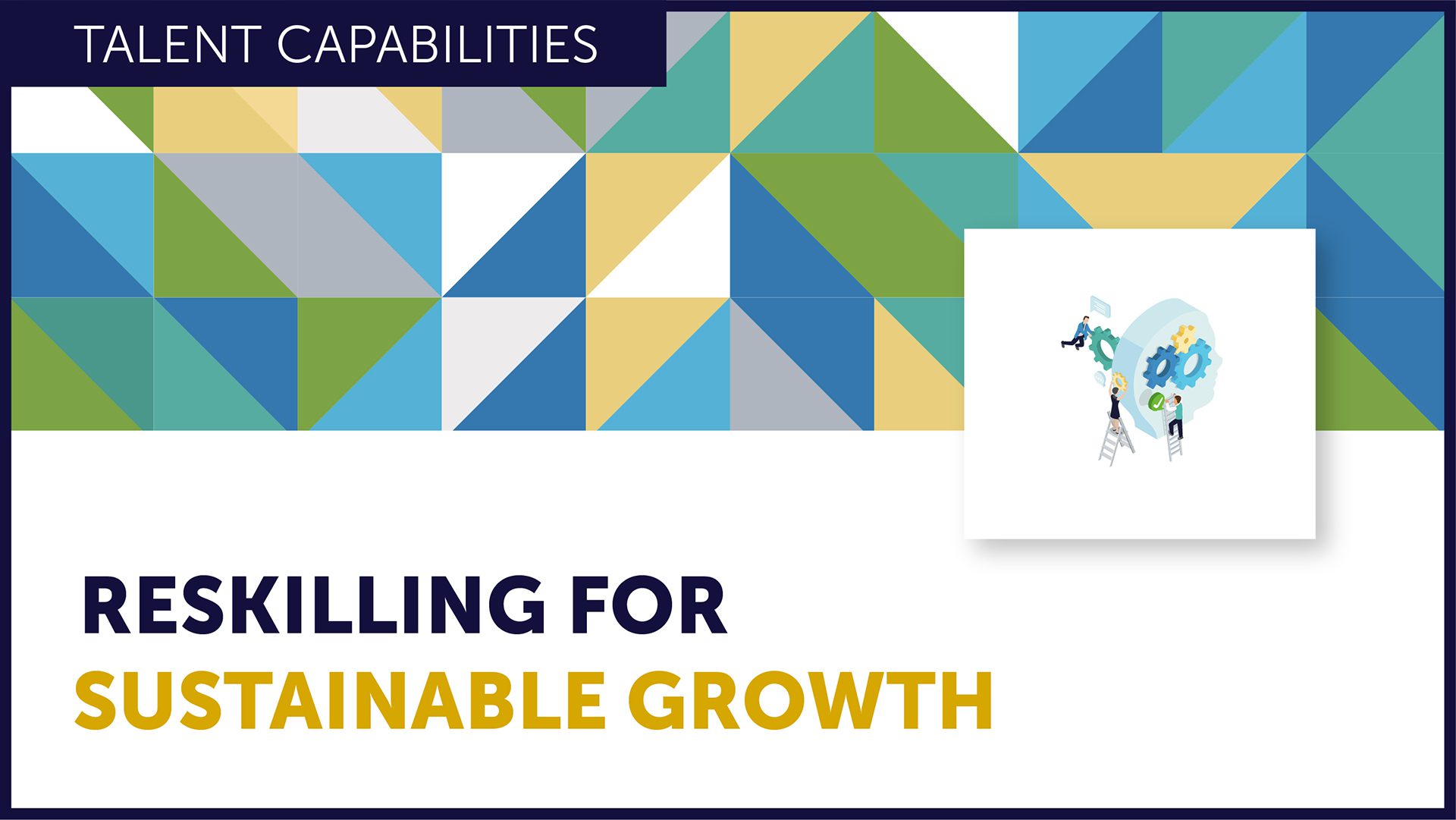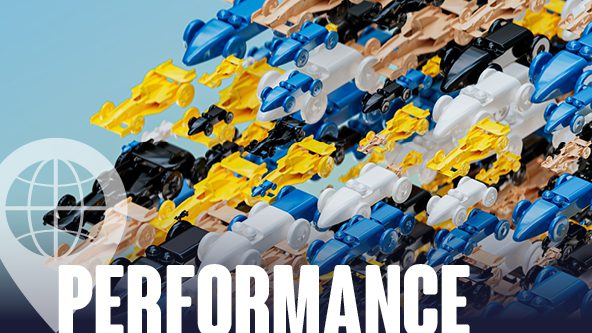Organisational Change
Podcast: Work Psychology Series: Assessing Potential
In this episode Gillian Pillans, Research Director at CRF, and Prof. Rob Briner, Associate Research Director at CRF, discuss our Work Psychology Series: Assessing Potential research. This episode explores the challenges of assessing potential in the workplace. It highlights the importance of having a clear, shared definition of potential and aligning assessment methods with business needs. The conversation emphasises that there’s no universal solution—effective approaches must be tailored to each organisation’s context and goals.
Transcript
Gillian: Hi everyone, and welcome to the CRF Insights Podcast. I’m Gillian Pillans, your host, and I’m here with Professor Rob Briner – our in-house expert on all things work psychology. Today, we’re talking about something that sounds simple, but really isn’t: assessing potential.
Rob: Thanks Gillian. Yes – it’s one of those ideas that seems intuitive at first. But once you start digging, you realise it’s quite slippery. And that’s where CRF’s latest research gives us much-needed clarity.
Gillian: So Rob, let’s start with the basics. The report says we can’t assess potential until we define it. That sounds obvious—why is this such a problem?
Rob: Because in practice, many organisations skip this step. The report identifies multiple definitions, from both organisational and scientific perspectives. Some define potential as the ability to grow or take on broader roles; others tie it directly to leadership readiness. But without a shared definition, HR teams are essentially speaking different languages.
Gillian: And right after that comes the big question: “Potential for what?” This jumped out at me.
Rob: Yes, and there are six common answers in the report. Things like potential to move into leadership, take on broader scope, or occupy roles key to strategy. If you don’t answer that question, your assessments will be directionless.
Gillian: Let’s talk about HiPos—high potentials. Some organisations use that label to plan succession. But the report issues a warning.
Rob: Exactly. It’s not that identifying HiPos is completely wrong—it’s that we have to be cautious. The label is just a prediction, not a guarantee. And the cut-off between HiPo and “not-HiPo” is often arbitrary. Worse still, it can activate unconscious biases. People start saying, “I just know she’s got it,” with no real evidence.
Gillian: OK, so once we’ve defined potential and what it’s for—how do we actually measure it?
Rob: Great question. The report outlines three layers. First, foundational categories like interpersonal skills or cognitive abilities. Then more growth specific ones like career ambition, openness to feedback, or adaptability. Finally, there are career indicators such as leadership capabilities, performance history and values. You need all three layers to build a rounded picture.
Gillian: Now, a lot of HR leaders might be tempted to buy a ready-made tool for assessing potential. What’s the risk there?
Rob: A Big one. The report makes it clear: context is everything. What works for one business might fail in another. Frameworks need to reflect your specific roles and strategic goals. There’s no silver bullet.
Gillian: One part that surprised me—there’s decent evidence for predicting short-term performance, but much less for long-term leadership success?
Rob: Exactly. Predicting what someone will do in 3–5 years? Much harder. The business context changes, the role might evolve, and people grow at different rates. So, assessments are about reducing risk—not guaranteeing success.
Gillian: So we shouldn’t expect assessments to give us the final answer?
Rob: Right. The report is clear: use assessments to make better-informed decisions, not to draw hard lines. They’re decision-support tools, not decision-makers.
Gillian: So if there’s no one-size-fits-all model, what should HR do?
Rob: That’s where the report adds real value. It offers a 10-step process to help organisations build their own framework. It starts with aligning to business strategy and works through defining roles, choosing assessments, developing people, and validating your predictions. It’s practical, evidence-based, and totally customisable. Let me give you a quick snapshot of the 10 steps:
1. Start with your business objectives—what roles will matter most in 3–5 years?
2. Clarify what kind of potential you’re assessing—is it for leadership, specialist roles, or broader scope?
3. Map key roles to future needs, including succession gaps.
Four. Select the most valid assessment tools—like psychometrics or structured interviews.
5. Define how future performance will be measured.
6. Nominate people for assessment, carefully considering bias and context.
7. Run the assessments and match them to role needs.
8. Build development plans for those identified.
9. Validate your predictions over time – are people performing in the roles you targeted?
And finally—circle back to the business. Are your frameworks still aligned with strategy?
Gillian: Brilliant, so, what’s the key message you’d like listeners to take away?
Rob: So in summary, if you want to assess potential well:
First, Define it clearly.
Next, Know what you’re assessing it for.
Then, choose your assessments carefully.
Lastly, Build a model that works for YOUR business—not someone else’s.
Gillian: That’s a powerful message, Rob! Thanks again! For those of you listening—if you want the full details and the 10-step model, head over to the CRF website and download the full report: “Assessing Potential”.
Thanks for joining us—and until next time, keep asking the right questions.
We’ve used AI to produce this podcast as part of our ongoing commitment to innovation and to offer content in more accessible formats for our network – building on themes from our previous report Harnessing AI and HR Tech to Enable Business Success.





